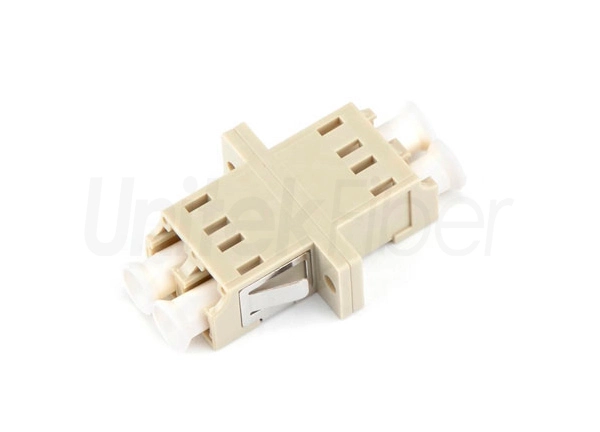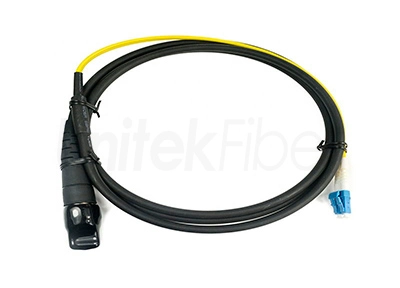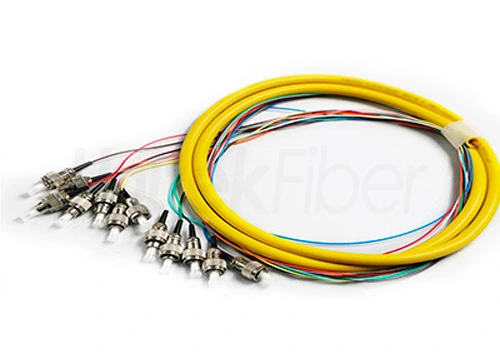
In the world of telecommunications and power distribution, the proper installation of All-Dielectric Self-Supporting cables (ADSS cable) is crucial for ensuring reliable communication and power transmission. One important aspect of this installation is determining the appropriate burial depth for these cables underground.
In many cases, the typical burial depth of ADSS fiber cable is around 0.8 - 1.2 meters (31.5 - 47.2 inches). This depth helps to protect the fiber optic cable from most surface - level mechanical damage, such as from accidental digging or vehicular traffic.
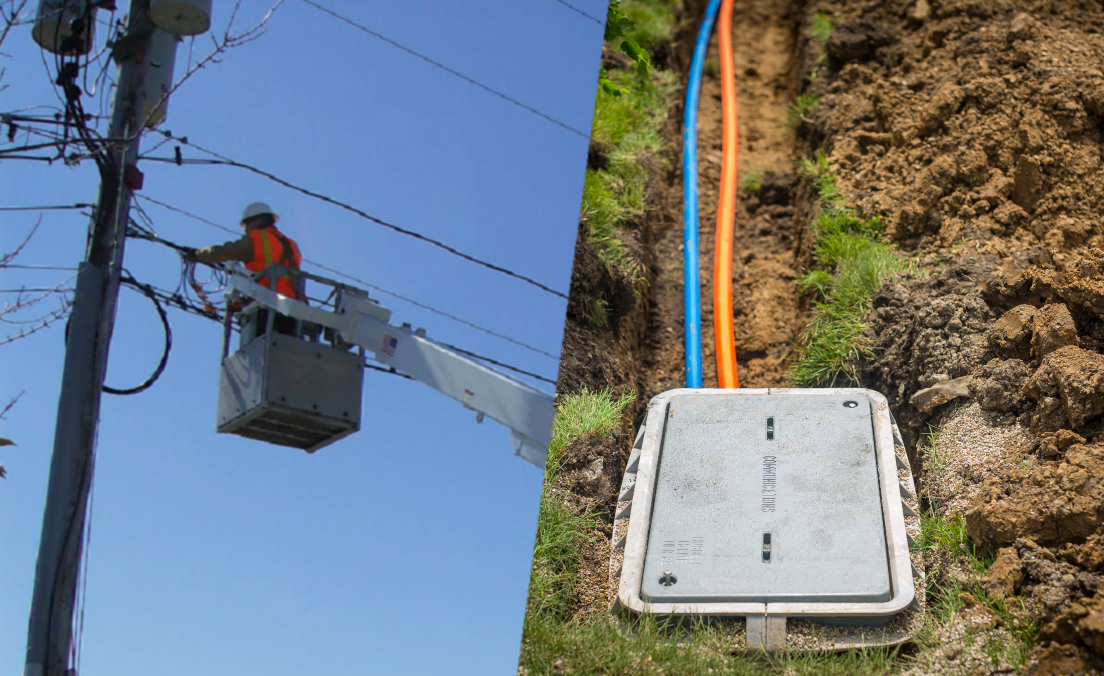
The depth at which ADSS fiber optic cable is buried serves several important purposes. Firstly, it protects the cables from external mechanical damage. A sufficient burial depth can prevent accidental damage caused by activities such as digging, construction work, or vehicular traffic. If the ADSS fiber cable is too close to the surface, it is at a higher risk of being cut or damaged, which could lead to disruptions in communication or power supply. Secondly, the right burial depth helps to maintain the cable's integrity over time. It can protect against environmental factors such as soil erosion, temperature variations, and moisture ingress, which can all potentially affect the performance and lifespan of the cable.
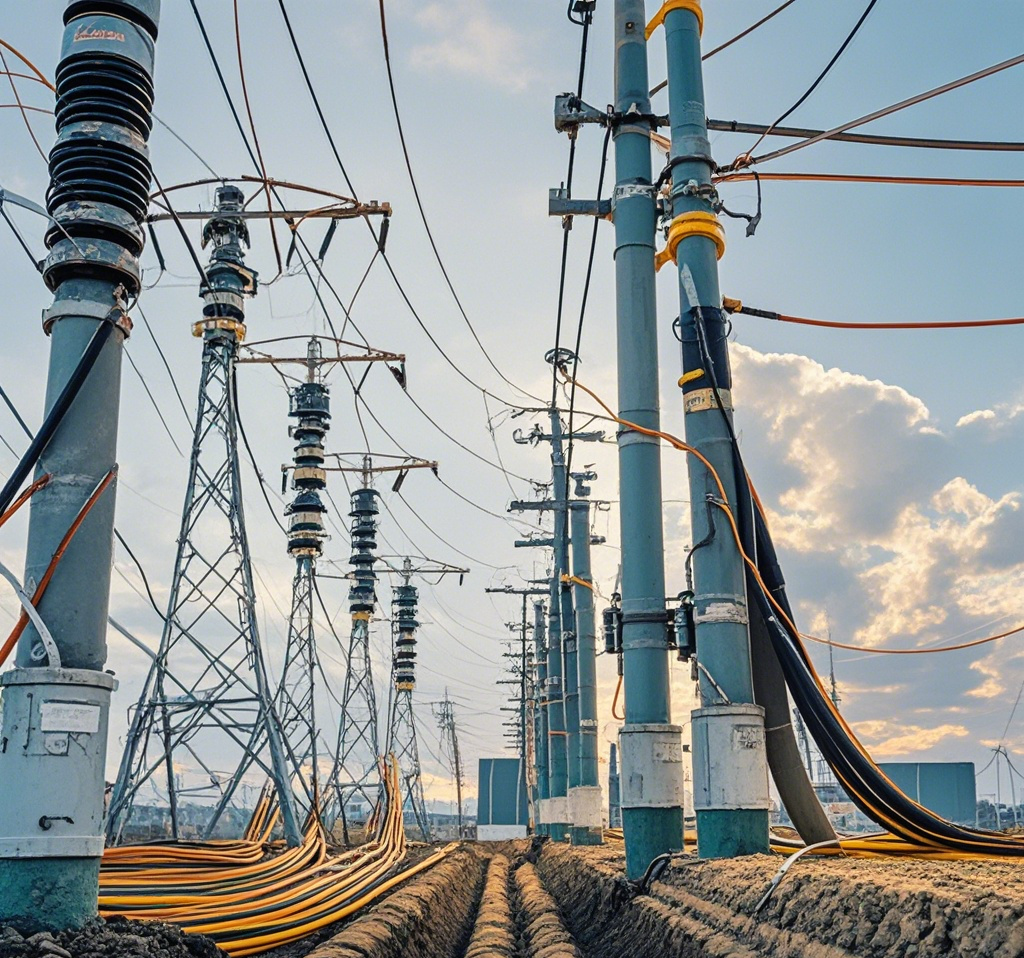
1. Soil Type
The type of soil in which the ADSS fiber optical cable is being buried has a significant impact on the appropriate depth. In rocky soil, it can be more challenging to achieve a deep burial due to the difficulty of excavation. In such cases, a compromise may need to be made. While a shallower burial depth might be considered, additional protective measures like concrete slabs or protective casings may be necessary to safeguard the cable. For instance, if the soil is extremely rocky and hard to dig through, the cable could be buried at a depth of around 0.6 - 0.8 meters, but with a thick layer of sand bedding and a protective concrete cover on top. This combination helps to cushion the cable from the rough edges of the rocks and provides some level of protection against mechanical stress.
On the other hand, in soft or sandy soil, a deeper burial may be required. Soft soil is more prone to erosion, and a deeper placement can help ensure that the cable remains stable and is not exposed due to the movement of the soil. A depth of 1.0 - 1.2 meters is often more suitable in these conditions. The sandier the soil, the greater the need for a deeper burial to prevent the cable from being uncovered over time.
2. Environmental and Usage Factors
The environment in which the ADSS optical cable is installed also plays a role in determining the burial depth. In areas with high-voltage overhead lines, the ADSS cable burial depth needs to comply with specific safety regulations. This is to avoid interference with other underground utilities and to maintain a safe distance from high-voltage sources. For example, to ensure electromagnetic compatibility and the safety of both the cable and the surrounding infrastructure, a minimum burial depth of 1.0 meter might be specified. This helps to prevent any potential interactions between the ADSS fiber cable and the high-voltage lines that could lead to signal interference or safety hazards.
If the ADSS optical cable is laid in an area with frequent landscaping or agricultural activities, a deeper burial depth is advisable. Areas where there is regular use of tilling equipment or other gardening tools pose a risk to cables that are too close to the surface. A depth of around 1.2 meters can reduce the likelihood of damage from these activities. This is especially important in rural or suburban areas where gardens, farms, or parks are common and where cable protection is essential to maintain uninterrupted communication services.
3. Local Regulations and Standards
Local regulations and standards vary from region to region and country to country, and they must be adhered to when determining the burial depth of ADSS cable. Different authorities have established specific guidelines based on factors such as the local terrain, population density, and existing infrastructure. For example, in some European countries, the minimum burial depth for such cables in urban areas is set at 1.0 meter. This is to ensure the integrity of the communication infrastructure and the safety of the public during excavation work. In urban settings, there is a higher likelihood of construction and utility work, and a standardized burial depth helps to prevent accidental damage to the cables.
In the United States, local municipalities or utility commissions may have specific requirements ranging from 0.9 to 1.2 meters depending on the location and intended use of the ADSS fiber cable. In areas with a high water table or where there are other underground utilities that need to be coordinated with, the regulations may be more detailed and specific.
Determining the appropriate burial depth for ADSS cable underground is a complex decision that requires consideration of multiple factors. Soil type, environmental and usage conditions, and local regulations all play a crucial role in ensuring the safe and reliable operation of these cables. By taking these factors into account and following the appropriate guidelines, we can ensure that ADSS cables are installed at the right depth to provide long-term, uninterrupted service while minimizing the risk of damage and interference. Whether in urban or rural settings, proper cable burial depth is an essential aspect of maintaining a robust communication and power distribution network. So, when it comes to burying ADSS cables, it's not just a matter of digging a hole and laying the cable; it's about careful planning and consideration to ensure the best possible outcome for our telecommunications and power infrastructure.
UnitekFiber as a profesional ADSS cable manufacturer, we offer all kind of ADSS fiber optic cable to support your business, such as single jacket ADSS cable, double jacket ADSS cable or etc. For any inquiries or further information, please don't hesitate to reach out to us at sales@unitekfiber.com.

